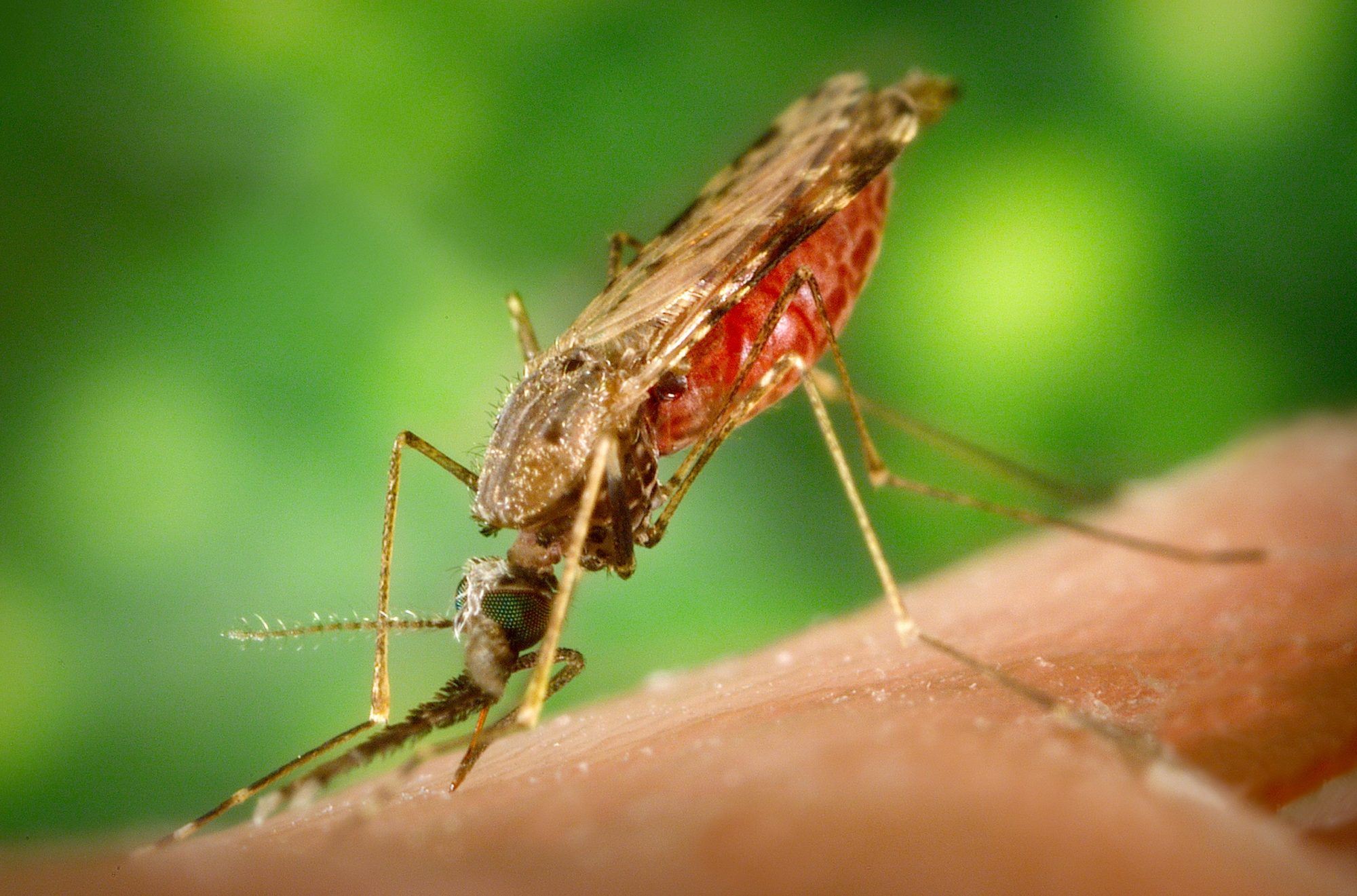Biological investigations into Plasmodium falciparum, the etiologic agent of severe malaria, reveal an organism that is tremendously adept at overcoming therapeutic attack and evading host immunity. This haploid apicomplexan parasite causes disease in over half a billion individuals and kills over a million African children yearly, and prevents sterilizing immunity from being acquired even by individuals who have been infected thousands of times.
Luckily, scientists at the Columbia University Medical Center (CUMC) have now reported the identification and characterisation of hexahydroquinolines (HHQs), a class of compounds found to be highly effective in preventing the transmission of Plasmodium falciparum parasites from an infected host to mosquitoes in mice.
Malaria is a hematoprotozoan parasitic infection transmitted by certain species of anopheline mosquitoes. Four species of plasmodium commonly infect humans, but one, Plasmodium falciparum, accounts for the majority of instances of morbidity and mortality. There has been a resurgence of interest in malaria in recent years as the immensity of the burden it imposes on poor countries in the tropics has become apparent.
The emergence of resistance, particularly in P. falciparum, has been a major contributor to the global resurgence of malaria in the last three decades. Resistance is the most likely explanation for a doubling of malaria-attributable child
mortality in eastern and southern Africa.“The identification of these compounds is a very promising step forward,” said study leader David A. Fidock, PhD, the C.S. Hamish Professor of Microbiology and Immunology and professor of medical sciences (in medicine) at CUMC. “HHQs and existing antimalarials could be a potent one-two punch that prevents a carrier of the parasite from passing it on with the next mosquito bite and makes it harder for drug-resistant parasites to emerge.”
In the course of the study, the scientists screened 3,825 compounds with known activity against the parasite’s disease-causing, replicating asexual blood stage. Three of the compounds—all HHQs—greatly reduced the production of transmissible parasites in vitro.
In tests with feeding mosquitoes and in mice infected with a malaria parasite, the compounds reduced the number of mosquitoes that picked up viable transmissible parasites.
The compounds further were found to render several currently available antimalarials more potent. HHQs work by preventing the parasite from using the host’s hemoglobin as a food source. Currently available antimalarial drugs are thought to affect a later stage of the same process. The researchers expect the two types of drugs to create opposing selective pressures, so that when the parasite develops resistance to one drug, it becomes more susceptible to the other; which makes it harder for the parasite to mutate and become drug-resistant.
“If we hope to make further progress, it’s critical that we work on reducing transmission—especially in areas where infection rates is high, such as in parts of Africa, where an individual can be infected as many as 1,500 times per year—whether it’s with drugs, a vaccine, or genetic engineering of mosquitoes,” said lead author Manu Vanaerschot, PhD, a postdoctoral fellow in microbiology & immunology at CUMC. “A malaria patient who is treated with conventional drugs may carry transmissible parasites for several weeks after treatment. During that time, the patient can be a source of infection for mosquitoes that, in turn, infect other individuals.”






























